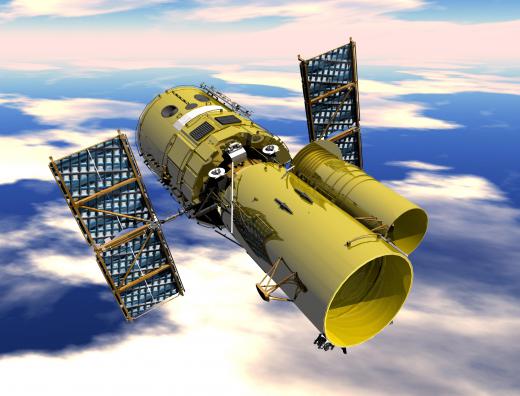What are the Moons of Jupiter?
 Michael Anissimov
Michael Anissimov
Jupiter, the largest planet in the Solar System and fifth from the Sun, possesses at least sixty-three moons. The most famous and by far the largest are the Galilean moons, Io, Europa, Ganymede, and Callisto, discovered by the Italian astronomer Galileo Galilei in 1610 with his 32X magnifying telescope.
The observation of the Galilean moons provided crucial evidence that celestial bodies could orbit something other than the Earth, providing a blow to the heliocentric theory of the Solar System. In 1611, Galileo even took his telescope to Rome to show the moons to the influential philosophers and mathematicians of the Jesuit Collegio Romano, but despite this, was accosted for his radical ideas for the next decade and eventually put on house arrest by the Inquisition.

Even today, when sixty-three of Jupiter's satellites are known, the Galilean satellites remain among the most beautiful, unique, and widely studied. There is Ganymede, at 5262 km in diameter, the largest moon in the Solar System, even slightly larger than the planet Mercury. Callisto, with one of the oldest surfaces in the Solar System, pockmarked with numerous craters and knobby terrain. Europa – whose icy crust conceals a deep underlying ocean of water that is one of the likeliest areas in the Solar System to harbor extraterrestrial life. Io, a yellow pock-marked moon that resembles a pizza in appearance, the only volcanically active body in the Solar System aside from the Earth and Venus.

Fantastic close-up pictures of these moons were taken by the Voyager space probes during their fly-bys in the late 70s. It was a Voyager probe that originally discovered volcanism on Io, observing a plume reaching hundreds of miles above the surface of the planet.
It was not until 1892, hundreds of years later, that another of Jupiter's moons was discovered, the irregularly-shaped, roughly 250 km-long Amalthea. Between 1892 and 1975, eight additional moons were discovered. When the Voyager probes visited Jupiter, three new inner moons were discovered, bringing the total to 16. It remained at 16 until 1999, and since then, 47 additional moons have been discovered, bringing the total to 63. Most of these moons are very small, averaging 3 km in diameter, and travel in long, eccentric orbits. These are called irregular satellites, and are thought to mainly be asteroids captured by Jupiter.
Jupiter is the planet with the most confirmed moons out of any in the Solar System, its 63 moons beating Saturn’s 60.
AS FEATURED ON:
AS FEATURED ON:














Discussion Comments
I'm not sure but doesn't saturn have 59 moons :)? I've read many articles that say this. By the way this article is very informative! Thanks!:)
Post your comments